“While I was photographing the landscapes affected by human interactions in the middle of natural spaces, the topography started looking like a body to me – like something with the early stages of psoriasis on its skin,”
George Marazakis was born in 1976 in Creta Island, Greece and currently lives with his wife and their son in Heraklion, Greece. He studied Mechanical Engineering and currently works for the Greek Ministry of Justice, however he shoots images relating to the Anthropocene in rural, vacant areas that have been abandoned by society in his work of ‘A Cure for Anthropocene’. These areas are scarce, forgotten about and become consumed by nature warping around the structure, mostly due to society progressing through the years at such a fast rate that the area/ structure is no longer needed yet still leaves a mark and impact on the environment around it, restricting growth and areas for ecosystems to thrive in.


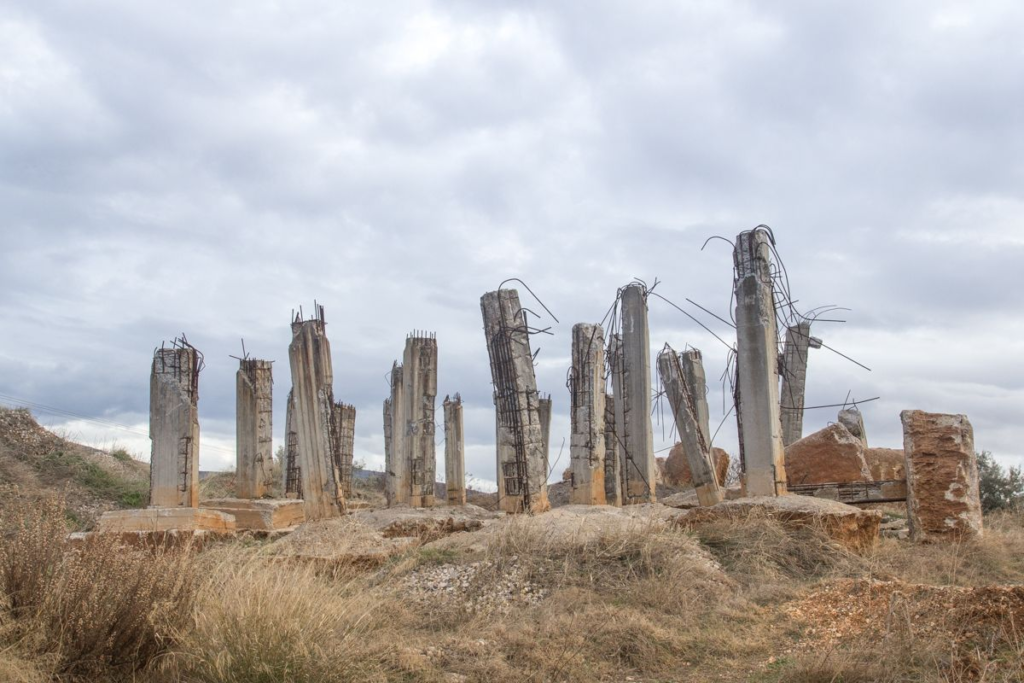
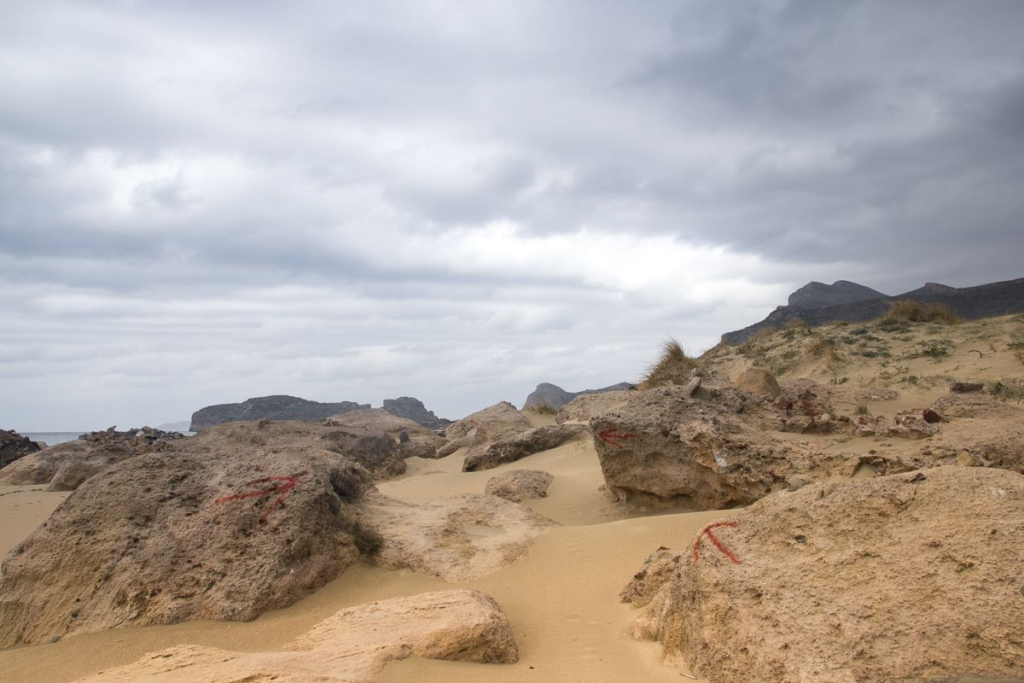
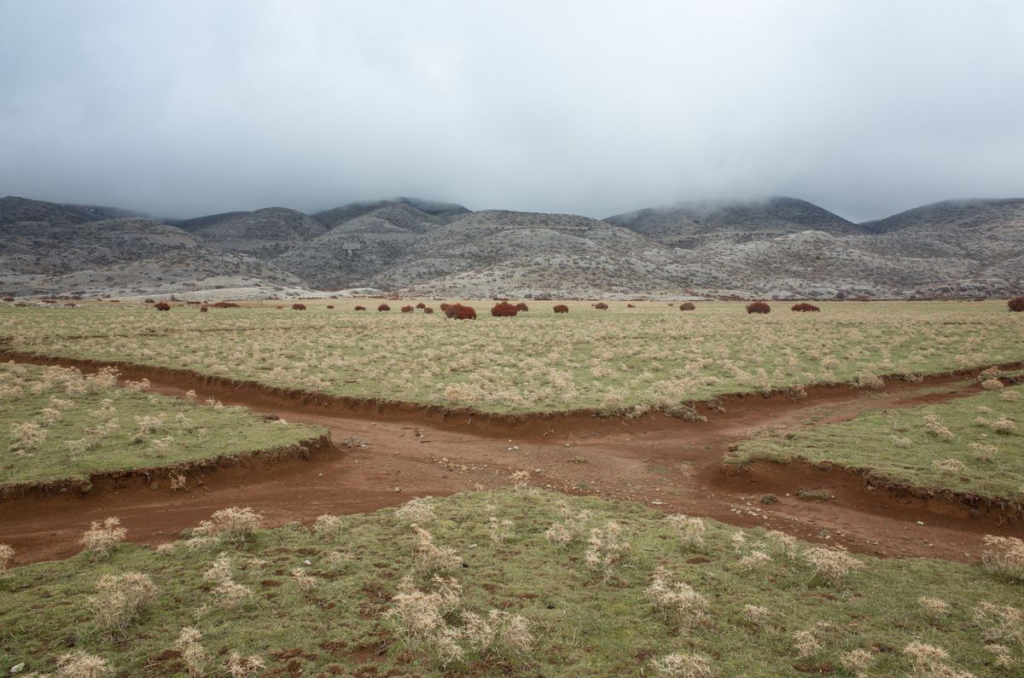




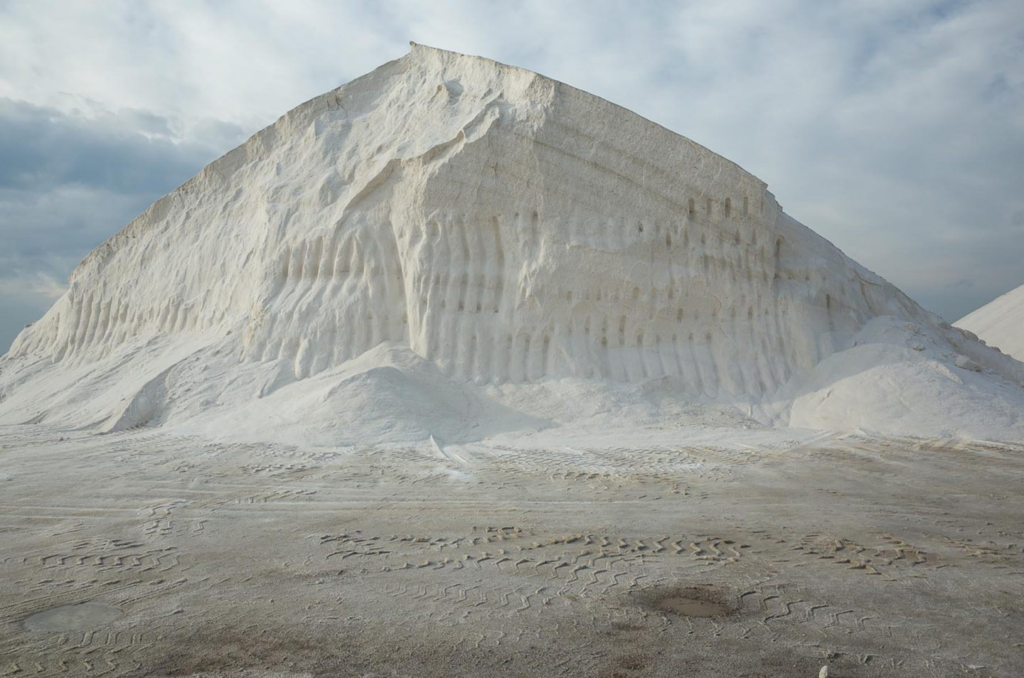
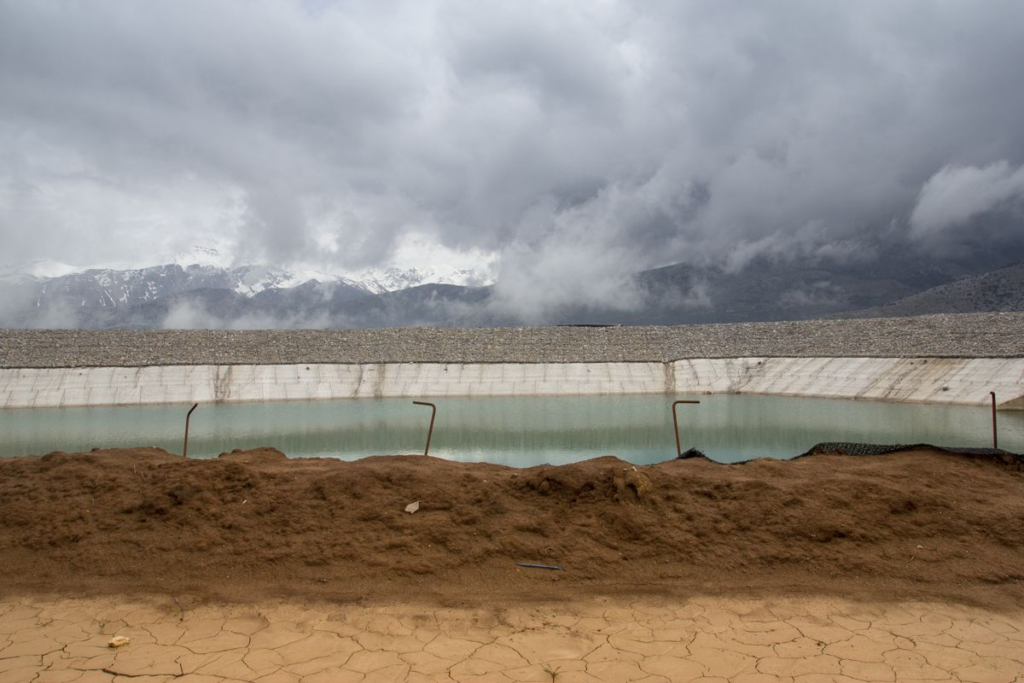

Marazakis’ work contains an ominous tone brought along by a muted colour scheme that is grounded by a great clouds of mist and smoke overlooking the subject of his images, giving an extra terrestrial feeling. His images are taken in the Winter early mornings or late afternoon of Greece, dusk or dawn, so that the sky is reaching a pastel colour due to the sun either rising or setting out of the frame as it is uncommon for overcast days to appear here. This minimalistic viewpoint highlights the issue of air pollution, not just in urbanised locations but also the growth of it within the countryside, places which are idealised as areas of a country with the healthiest natural spaces. This is due to the rising growth in populations across the world meaning that there is a decline in housing available in city centres, so much that people are having to move further and further away from civilisation and taking over these ‘vacant’ areas. Alongside this, it demonstrates the critical issue of climate degredation in hopes of finding some sort of ‘cure’ to draw back all of the vast mistakes humanity has made over many years to try and guide the globe back to a healthier state.
“If human civilization is in fact a disease, then it can also be the cure. But if the cure to the planet’s disease isn’t self-restriction, it will result in self-extermination. After all, the salvation of the planet is a different concept than the salvation of humanity.”
Analysis of his work:

This wide-angled image taken on a large format camera is taken in the early morning when the sun is rising or when it is about to set, due to the gradually lightening blue above the greenhouse, giving an ombre effect. The orange glow behind the greenhouse appears like the orange of the sun however artificial light has also been placed on the opposite side to enhance this effect so that the detail inside is revealed at a higher contrast. The dead grass in the foreground shows how neglected this area is, the dullness contrasting against the colour in the sky above. Along the glass windows, there are subtle white streaks streaming down, showing that this greenhouse has been abandoned for a long period of time, getting dirtier and more neglected while it faces the elements. Within the greenhouse, there are large twisting figures, most likely left behind crops that had been planted and left behind. Traditionally, greenhouses were main sources of producing fruit and vegetables and were in use all over the world. However, due to the fast-pace at which new technologies are created, the use of greenhouses died out due to the rise in artificial processing and growth of vegetables and therefore left them abandoned. The loneliness of the image creates an ominous atmosphere for the viewer, creating a moment of peacefulness alongside impending anxiety of how quickly society moves on and progresses, faster than it ever has before.
This image has really intrigued me as I feel that it has a very different take on the Anthropocene – instead of showing these compact, busy, urbanised areas, Marazkis’ shows the abandoned and neglected side of it, the side that is acting like a silent killer and restricting nature from thriving. In one of my photoshoots, I would really like to focus my attention on this aspect of the Anthropocene, specifically the greenhouses of Jersey located in St Clements. Greenhouses used to be used frequently for growing Jersey’s tomatoes however have been left to blur into the background due to importation of goods from other countries becoming an easy route.
